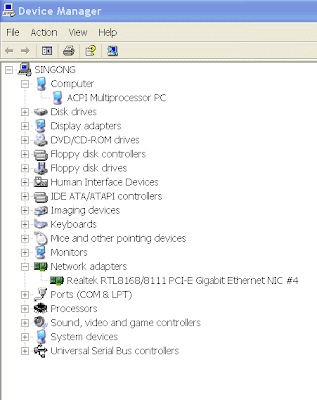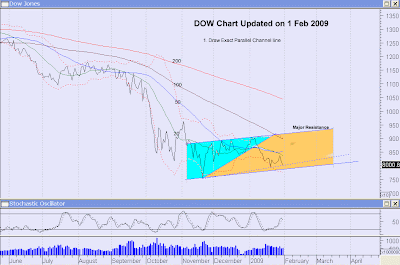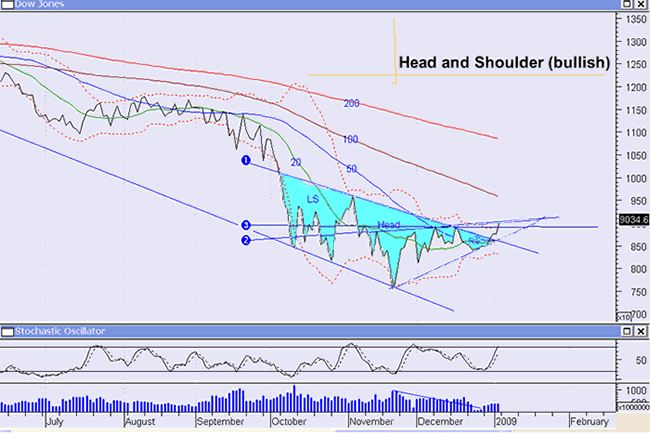Introduction
Many used to say that history will repeat itself in the stock markets; what has happened will happen again. Therefore, Technical Analysis Technicians have come out with many shapes, patterns, trendlines and formations to predict the futures of a stock or currency market. This article will examine the DOW index from a technical prospective and check if it is possible for DOW to repeat itself.
What will be used?
Trendlines. There are many different types of trendline; some are called necklines, others are just simple trendlines. Necklines are usually found when there is a “head and shoulder” formation. Once a neckline or trendline is broken, there will be large movements in prices.
The Occasions
There are 2 occasions recently when DOW broke necklines or trendlines and sent stocks plunging. One was in January 2010 due to debt crisis in Dubai; the other was in May 2010 when debts in Greece shocked the markets.
In both occasions, the necklines were broken. The Dubai incident was soon forgotten. Will they forget the Greece incident?
The Technical Analysis
The Dubai and the Greece incidents are shown in the following chart marked wave 3-4 and wave 5-1 respectively.
a) The similarities1) A “dead cross” when the 20-day MA crossed under the 50-day MA.
2) A broken neckline.
3) At the point where index regained and touched the neckline (As shown in blue vertical line)
a. The stochastic was oversold and just about to cross under its own moving average
b. The Bollinger bands had just contracted
c. The 20-day MA had just flattened with the 50-day MA reducing its decline
b) The differences
1) The Greece’s 20-day MA moved further down from the 50-day MA
2) DOW and its 20-day MA in the Greece incident crossed below the 200-day MA
3) The Greece’s depth of fall from its neckline did not satisfy the conditions of the “head and shoulder”. The depth of fall must be equal or more than the height of “head” measured from the base of the neckline.

(Double click for larger image)
Will DOW Break the Neckline This Time?Similar pattern and lots of similarities occurred in Nov/Dec 2007 when the credit crisis caused a plunge in the markets. For example, DOW broke a trendline sending index plunging below the 200-day MA and regained to touch the trendline. This pattern is more similar to the Greece incident.
The analysis suggests that DOW is more likely to reflect from its neckline than to break the neckline.

(Double click for larger image)
When Will DOW Makes the Decision?
The candlestick chart shows that DOW has made 3 spinning tops in the last 3 sessions. The appearance of a spinning top candlestick always signify that there is indecision in the market. The following chart suggested that DOW would be making a decision pretty soon if history is repeating itself.

(Double click for larger image)
What to Do Next?
If one is long, it would be prudent to “buy insurance” by hedging or other similar methods. It is recommended to stay away from the markets until DOW’s 20-day MA crosses over the 50-day MA. Even then, it is good to check if the neckline has been broken.
If one is long, it would be prudent to “buy insurance” by hedging or other similar methods. It is recommended to stay away from the markets until DOW’s 20-day MA crosses over the 50-day MA. Even then, it is good to check if the neckline has been broken.
Disclaimer:
Information here is for sharing and learning. It is not intended to give any advice on any stock or movement or trend of any index. If a price or movement of a stock/index is given, it is only intended for illustration. The reader shall verify the information given here before using them.


























